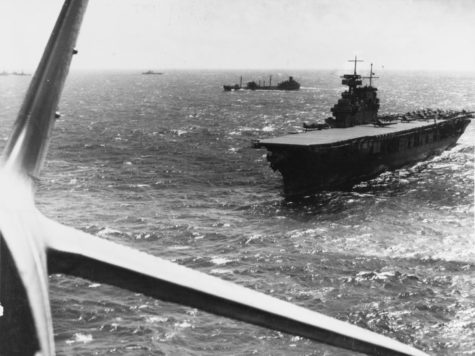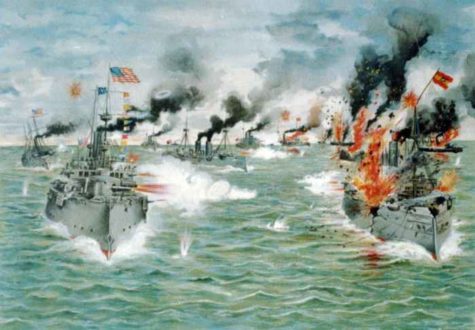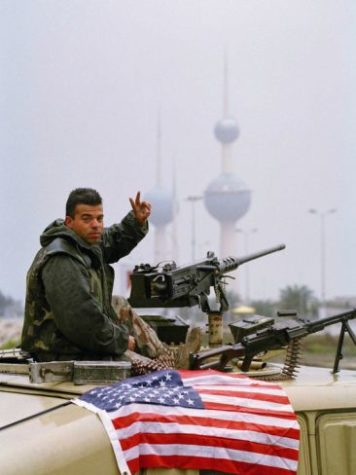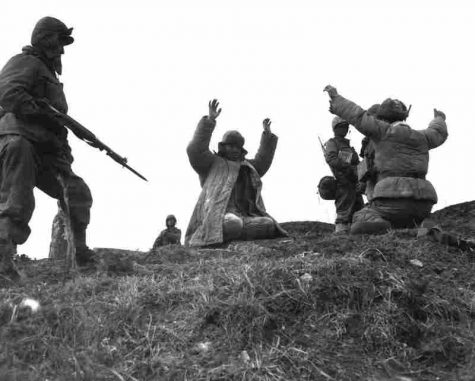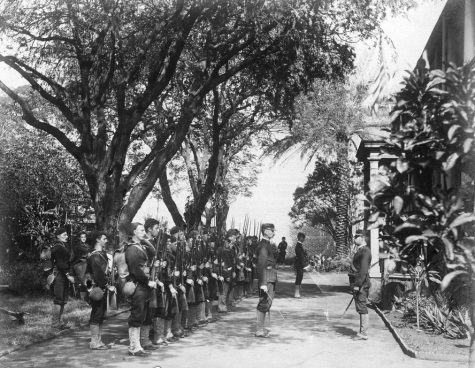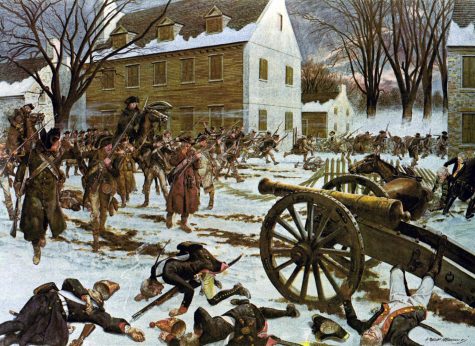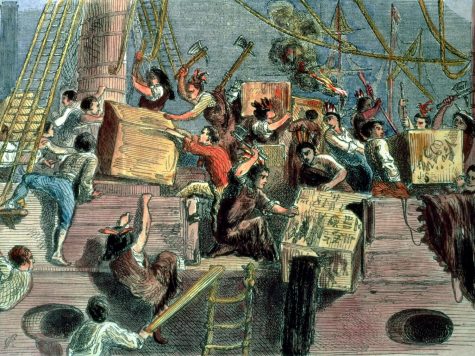The Geneva Summit of 1985
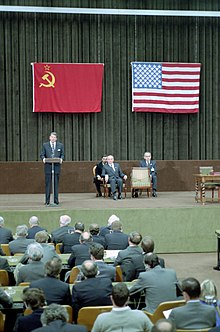
11/21/1985 President Reagan and Mikhail Gorbachev at the Geneva Summit joint statement in Geneva Switzerland
For the later half of the 20th century, the United States and the former Soviet Union found themselves in a potential state of nuclear war that threatened to engulf the world into a nuclear holocaust. Near the end of the Second World War and the beginning of the Cold War, the U.S and the U.S.S.R had begun to stockpile nuclear weapons for a potential conflict with each other and allies.
In 1985, then U.S. President Ronald Reagan and Soviet General Secretary Mikhail Gorbachev agreed to have a meeting to ease the tensions between the two rival nations and reduce the number of nuclear weapons in each of their arsenals. At the time, the U.S had 21,392 nuclear weapons in their armory while the Soviet Union had a total of 37,000 nuclear weapons.
These two nuclear units were nearly unleashed during the Bay of Pigs invasion and the Cuban Missile Crisis, where Soviet nuclear missiles were within the range of major American cities including Chicago, Washington D.C., and New York. In response, American missiles were placed in Turkey within the range of Moscow and Saint Petersburg.
The goal of the meeting between the two superpowers was to decrease the threat of war by reducing their nuclear stockpiles and to improve diplomatic relations between the two powers. The meeting would be held in neutral Switzerland at Geneva on the 19th and 20th of November. This meeting would mark history for being the first time Reagan and Gorbachev would meet.
On the 19th of November, Reagan and Gorbachev met in person for the first time completely alone with the exception of their translators. Both leaders hit it off right away despite hours of debating and left impressed. Reagan described Gorbachev in a positive light, saying that there was a “warmth in his face and style, not a coldness bordering the hater’s I’d seen in most senior Soviet leaders I’d met until then” (Atomic Heritage Foundation).
On the 20th, both countries’ delegations met for the actual meeting between both the nation’s officials. As talks progressed Reagan offered the Soviet Union advanced nuclear missile space satellites called Strategic Defense Initiative, or “Star Wars” as the media called it. This defense system had the power to destroy any nuclear weapons that entered space. Reagan offered the Soviets the same technology once the U.S. developed it. Gorbachev declined the offer, claiming that such technology could promote a future arms race in space.
Even after two days of talks between the two superpowers, neither nation could agree on a successful way to ease the tensions between the two and reduce their nuclear arms. However, the Summit did not fail. It did succeed in easing the tension between the two nations and laid the framework for future summits between the powers up until the fall of the Soviet Union in 1991. Now both of the powers combined have less than 10,000 nuclear weapons. The United States and the Russian Federation are now stronger than ever and the Geneva Summit of 1985 laid the groundwork that would lead both nations into a peaceful future.
Sources:
https://www.atomicheritage.org/history/reagan-and-gorbachev-geneva-summit
https://www.history.com/topics/cold-war/cold-war-history
https://www.history.com/this-day-in-history/reagan-and-gorbachev-hold-their-first-summit-meeting
https://en.wikipedia.org/wiki/Historical_nuclear_weapons_stockpiles_and_nuclear_tests_by_country


